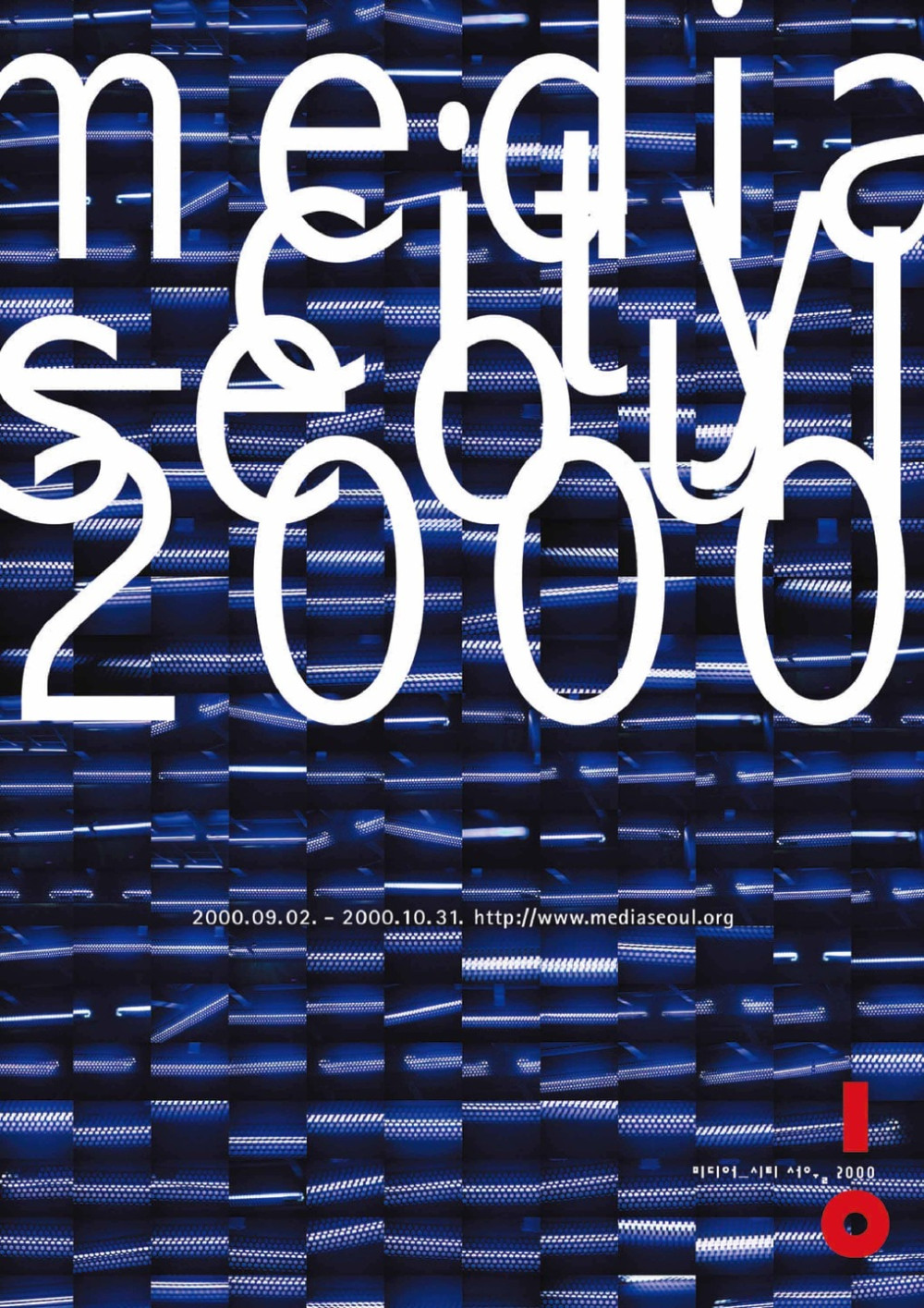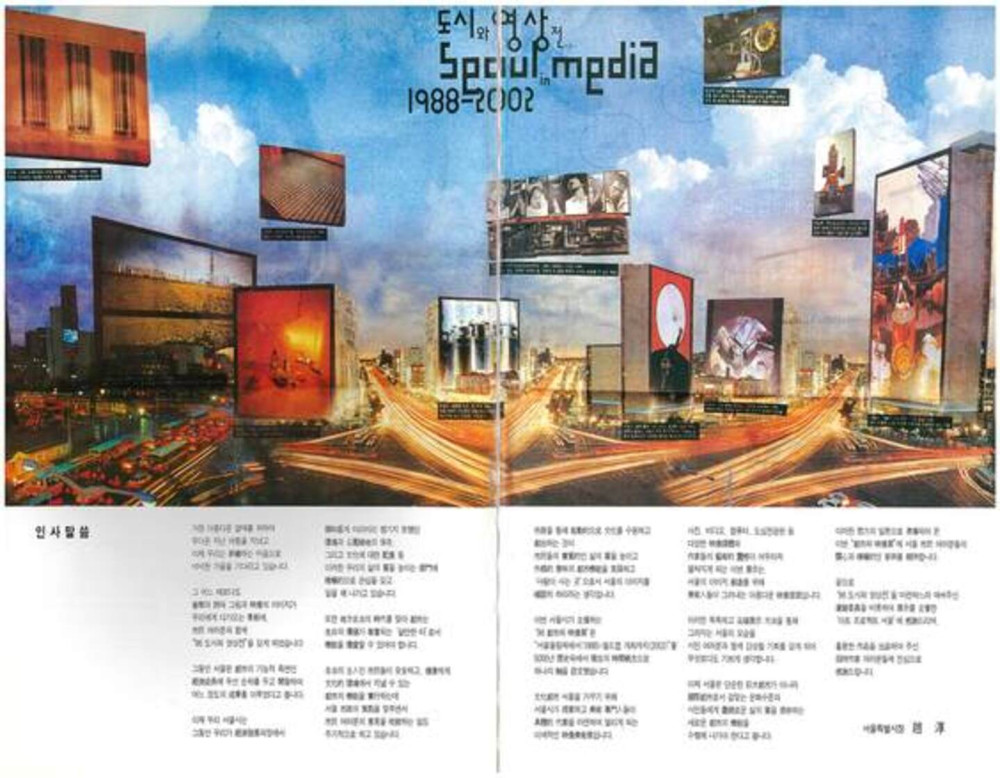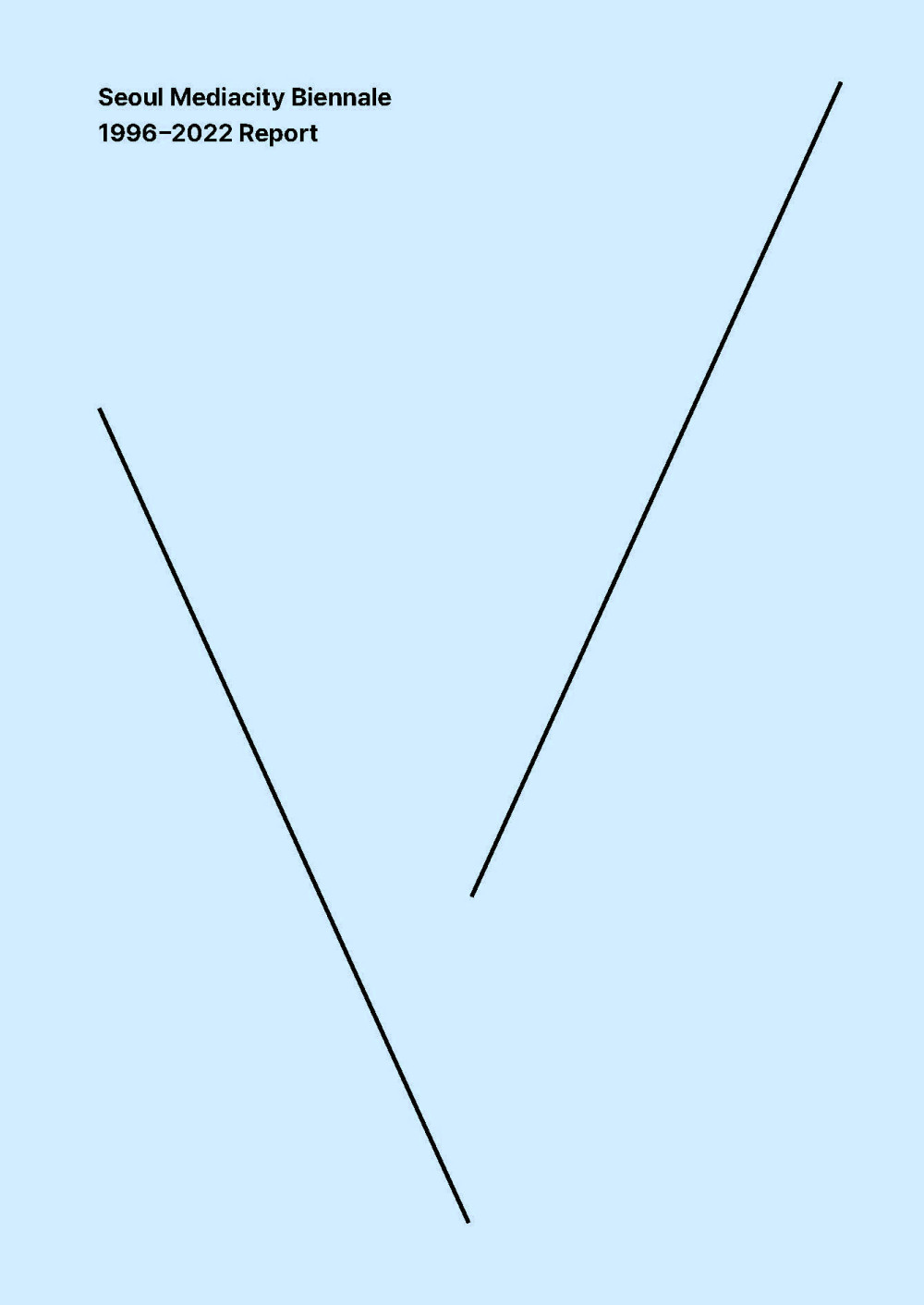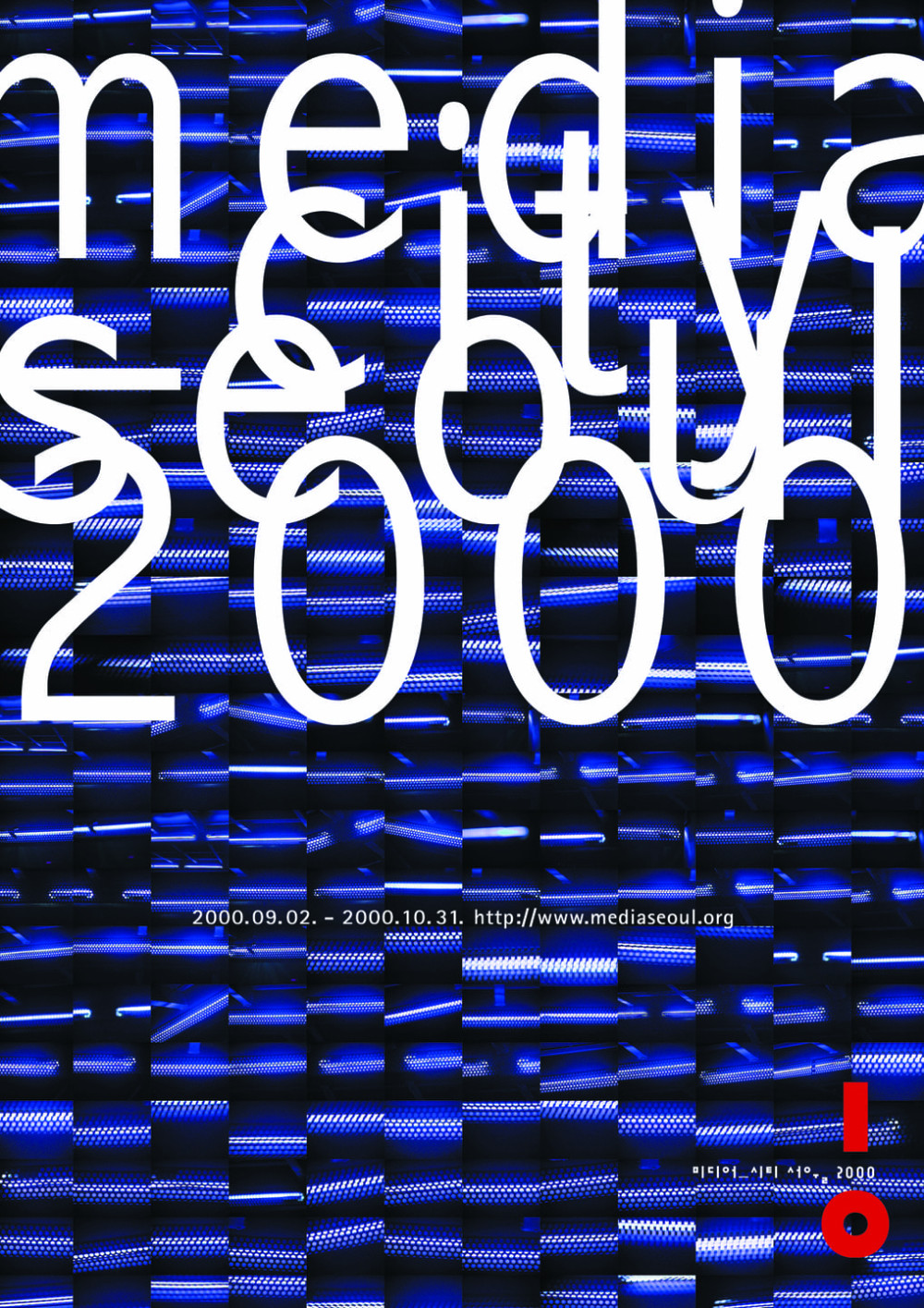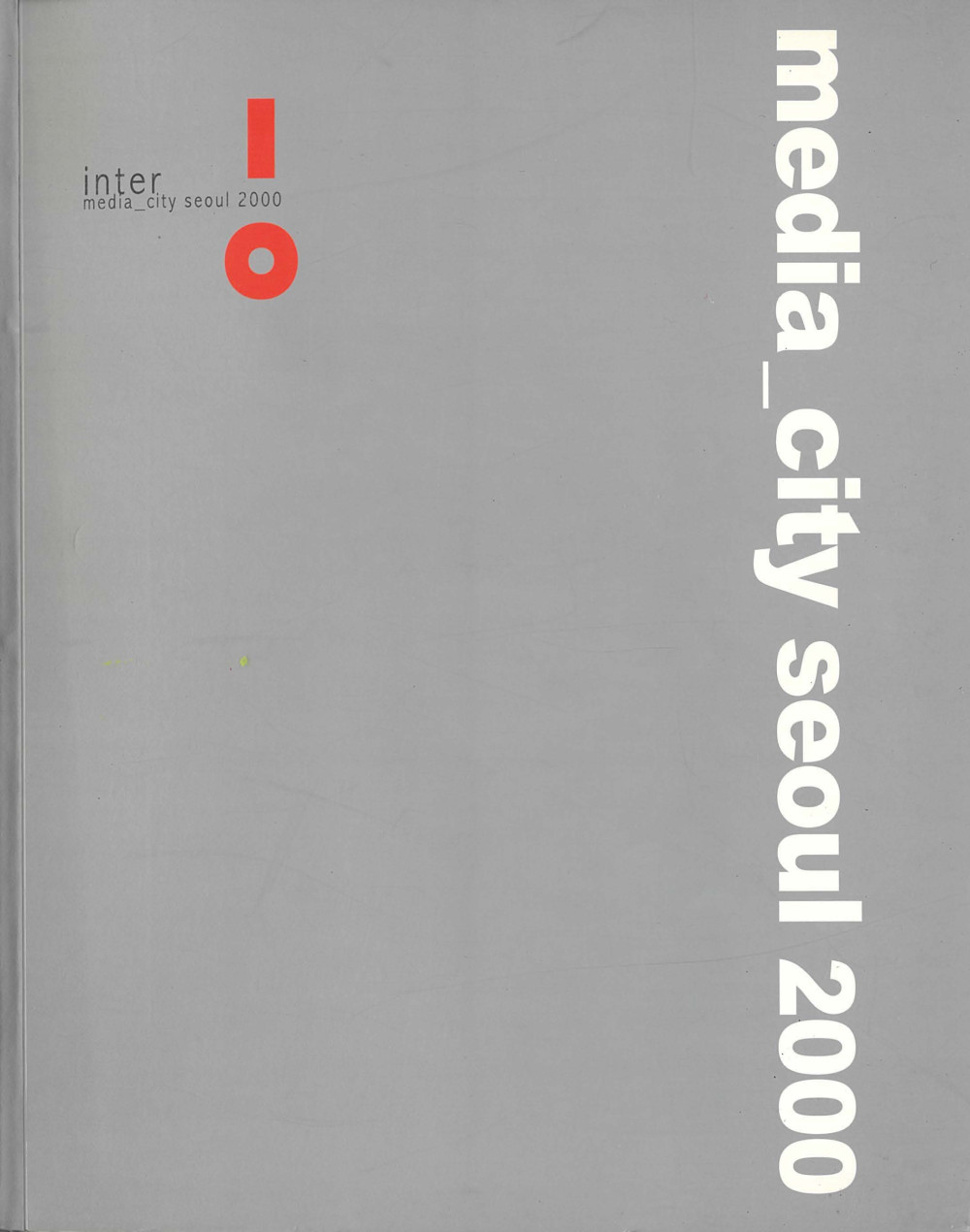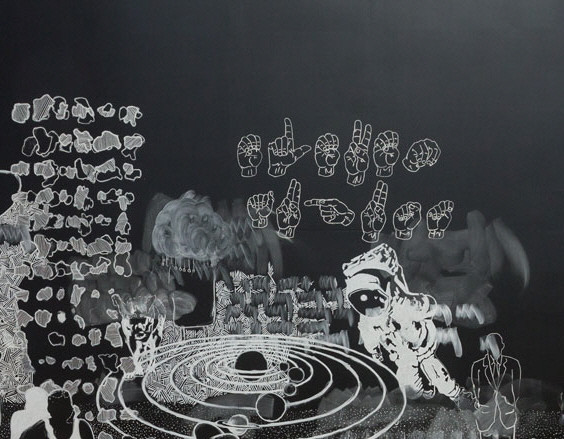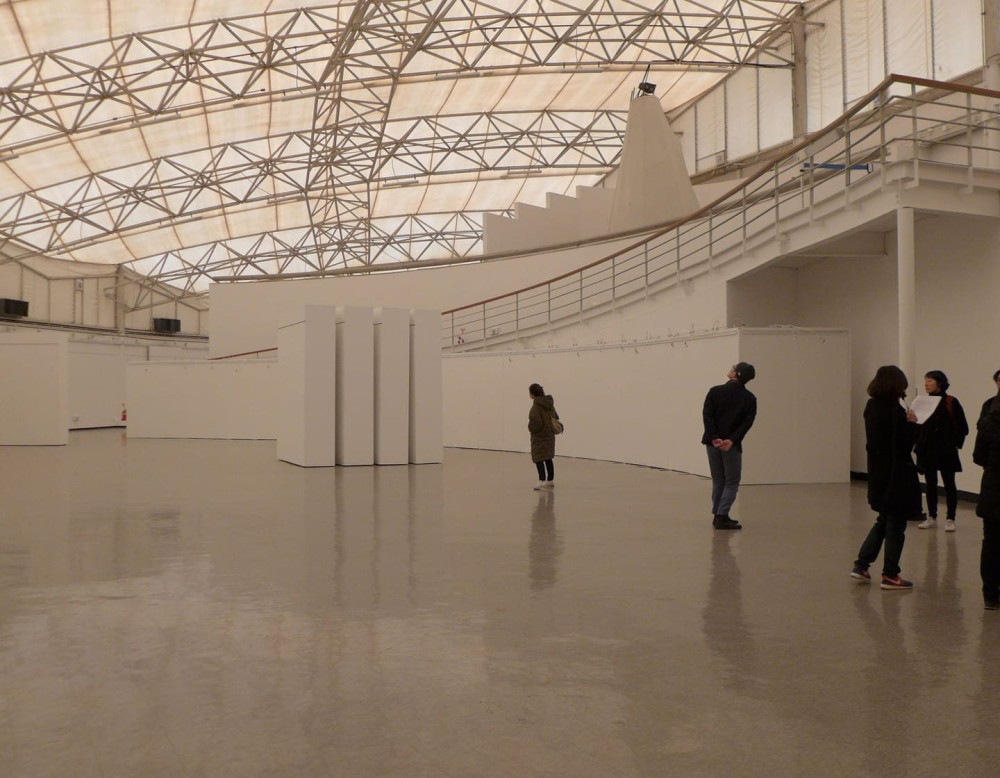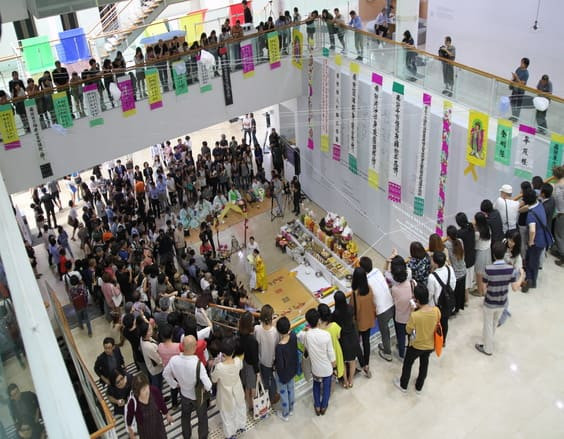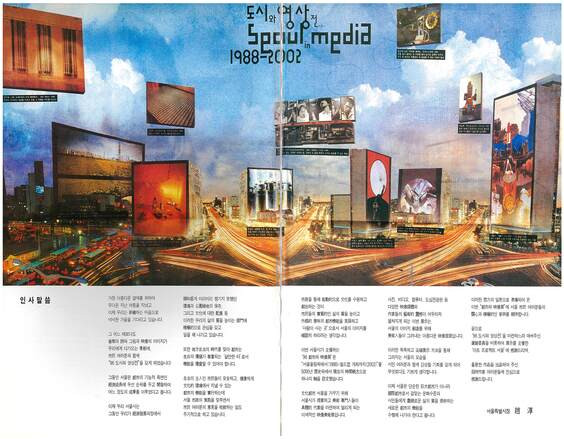Cultural Technology

This interview is a conversation with SMB curatorial advisory committee member Wohn Kwangyun about art and technology, and the history of the Biennale. It is a re-edited version of the interview from the Seoul Mediacity Biennale 1996-2022 Report, published in 2022, with the addition of relevant images from 2024.
Wohn Kwangyun, who served on the planning committees for three editions of media_city seoul (2000, 2004, 2006), has expressed his professional opinions regarding the organization of the Biennale’s early editions and their concern with changes in the human environment caused by rapidly changing technological culture. He was the founding director of the KAIST Graduate School of Culture and Technology in 2005 and remains devoted to undertaking research that bridges the gaps between science and culture. In 2010, he received the “Outstanding Leadership Award” at the International Society of Digital Media Art in Vancouver, Canada. He also directed the exhibition Science + Art_10 Years Later (2003), which combined science and art, and the digital performance Synthasia (2007), which combined electronic music, video, and robots.
Research Title Cultural Technology
Category Interview
Edition The 12th Seoul Mediacity pre-Biennale
Participants Wohn Kwangyun, Seoul Mediacity Biennale Office
Korean-English Translator Barun
English Copyediting Andy St. Louis
SMB Thank you for your time today. The Biennale held its 11th edition last year and will have the 12th edition in 2023. Prior to the inauguration of the Biennale in 2000, an exhibition entitled SEOUL in MEDIA was organized in 1996, focusing on the changing media and the city. If we consider this exhibition as a prototype for the subsequent launch of the media_city seoul, the history of the Biennale has now spanned some 25 years. Ahead of the upcoming edition in keeping with the inertia of the project, the SeMA has set about organizing and analyzing past records of the exhibition in order to establish its future direction.
You took part in the media_city seoul as a Member of Curatorial Advisory Committee in 2000 as well as in 2004 and 2006. Among the past 11 editions of the Biennale, which concentrated on direct encounters and experiments integrating art, technology and industry, the participation of a scientist like yourself must have fostered certain discussions or exchanges.
WOHN KWANGYUN (WOHN) It has actually been more than 20 years since I originally started working on the media_city seoul, so I wasn’t able to recall the specifics of my contributions to the project at first. After receiving your interview request, I managed to find some of the materials related to the Biennale that I had kept over the years. As I looked through them, I realized there were more documents than I expected. One thing that I came across is the first project plan of Biennale. I don’t think the document I have is the final version of the project plan, but perhaps a preliminary draft which dates from 1999. In the leadup to the new millennium, there was an elated, optimistic atmosphere that was felt throughout society.
First of all, if we look at the circumstances in the city of Seoul at that time, vice mayor Kang Hongbin (1999 – 2002; former General Director of Seoul Museum of History, 2009 – 2016) was extremely passionate with regard to the dawn of a new century. He came from an architecture background, so he was also a major advocate of the construction of Digital Media City (DMC) in Sangam-dong. He firmly believed in the idea of bringing together art, technology and industry in one place, not just building a new city.
Second, we believed that in order to establish a suitable status for Seoul, which at the time was one of the so-called “top ten cities”; it was important to support culture and art, not just economy and industry. As a result, we, the Curatorial Advisory Committee struggled to grasp the underlying essence of the event as something that was unprecedented in terms of structure, which sought a convergence of culture, art and high-tech industry that would be sustainable into the future. Although no one had the answer, we agreed on the basic principles that we envisioned; “This event is not an industrial expo. It is also not an art biennale of the type organized in other international cities.” From that point, the consensus was to aim for something that was neither an industrial convention nor an art biennale.

SMB The fact that these discussions framed the Biennale as something other than an industrial expo or art biennale has numerous implications in the present. Were there any case studies or other points of reference that the committee considered?
WOHN Some of the passionate advisors on the committee searched for cases overseas, but we came to the conclusion that there weren’t any examples that were appropriate for the new millennium that we had imagined. (LAUGHS) The title media_city seoul was put forward by Professor Ahn Sang-soo. As this title suggests, the project was characterized by ambiguity that arose from the fact that it did not belong to any single field of art, mass communication, media, industry, etc. From that point on, we began designing the structure and various elements of the event according to the philosophy that was embodied by this title.
SMB As you said, the Biennale of the present owes its unique status and characteristics to this title. Kim Hong-hee, who also served as a Member of Curatorial Advisory Committee at the time, has mentioned to “Triangle Workshop” as having a significant impact. This workshop, which linked the three vertices of industry, technology and art, was also briefly described in the results report. Can you elaborate further on this?
WOHN I found some materials among my records from a presentation about that event. I agree that the “Triangle Workshop” was highly meaningful. Ultimately, the Biennale continued to develop along a trajectory focusing on media art, but I personally thought that the structure of the “triangle” truly captured the original concept and philosophy of the event and elicited a great deal of interest and passion. I think these are probably the final presentation materials from the workshop, dating from February 2000. The theme and title of the exhibition, city: between 0 and 1, was my idea. As a scientist, I thought that if we were to summarize the public imagination about the future in one word, it would be “infinity.” I adapted this notion for the title of the event by expressing it in numerical terms; “Between 0 and 1.” These two digits symbolize digital technology, and there are infinite numbers that exist between 0 and 1.
There were also discussions about the future impact of digital technology on areas such as education, business, economy, industry and science, as well as how we might express these ideas in the exhibition. We all agreed that it was important to explore how digital technology would influence daily life, art and culture. Although the participants whose expertise encompassed disparate fields including arts, technologies and industries-possessed diverse motivations and starting points, we sought to discover a common denominator through the formats of the workshop and exhibition. The “triangle” was significant because it brought together the three fields of art, industry and technology. In the end, 25 collaborative teams participated in the workshop and about 10 programs were planned, of which only four sessions actually took place. Unfortunately, it was destined to be merely a good idea.
The biggest distinction of media_city seoul 2000, in terms of general and traditional media art, was that it considered the functionality and industrialization of media art. Rather than just being artistic, it also dealt with the creation of meaning in the future of life and industry. People often talk about “mutuality” when defining the characteristics of media art, but I feel that “participation” is more important. The “triangle” sought mutuality, or participation, in a broader sense.
SMB I see. So the original plan was for the ideas and discussions generated by experts from various fields to converge in the workshop, ultimately forming the structure of an exhibition?
WOHN Yes, subtopics were selected for different stages of the workshop; one discussed housing of the future, another discussed urban life and another integrated concerns about food, clothing and housing.
SMB And the workshop’s participants were recruited through a multidisciplinary methodology in order to accommodate artists, scientists and industrialists, each of whom presented their own materials, correct?
WOHN That’s right. But I also found something else of interest in my records. After the workshop, we got to know some of the more interesting artists, researchers and designers with whom we considered collaborating. I had completely forgotten about this, but Nexon was among the potential collaborators who submitted a proposal.
SMB Everyone must have been so passionate as I remind myself about the era. You are considered the first researcher to use and promote the term “Culture Technology.”1 It’s a term that seems both ambiguous yet full of potential, similar to the way that the Biennale itself has multiple interpretations. Can you explain “Culture Technology” in connection with the media landscape of the early 2000s, when new technologies were continuously introduced and generated new cultural values every day?
WOHN Regardless of historical time lines, as a society we probably always think that the present is the age of the greatest change. At the turn of the millennium we thought, “Today’s change is truly phenomenal,” but the same is true in 2022. Surprisingly, if we want to see the future, we must look at what remains unchanged and unique over time, rather than focusing only on what has changed-that’s what I think about art. For me, a meaningful way to gain insight into the future is by making changes to a foundation of unique values that remains constant over time.
The concept of “Culture Technology” is exactly that; the unique and unchanging values are the arts and humanities, while the driving forces for change in the future based on this foundation are science and technology. When culture and technology are combined, we can create a promising future. I believe this is what “Culture Technology” truly means. We cannot think about new art without also considering the role of science and technology, especially today, when every industry has become culturalized. However, all of these issues exist on a purely practical level, which means that individually, neither art nor science along is sufficient for creating a future. In my opinion, we must develop science and technology based on the foundation of arts and humanities.
SMB The way how people appreciate biennales in general as both an institution and art event have been changed significantly recently. And the COVID-19 pandemic has made a lot of changes at different levels of our lives, but sharing something in common on a global level. Would you like to comment on the future of the Biennale?
WOHN I think what is really important are contents and contexts: what the art contains in which context. On the other hand, thoughts on “media” have been continued in the title and concept of this Biennale. That means we need to reflect more on what “media” is about. “Media” is the interface between humans and our external environment. Without “media”, we must enter a certain environment ourselves to know and experience it, but by mediating varied “media,” we get to explore the world without physical interconnection. In such a sense, art could also be “media.” We should pay attention to what roles and characteristics that media/art will have in the future.
There were two keywords “escape” and “return” that we had selected for the first Biennale twenty years ago. When you look at a computer keyboard, you see the “return key” and the “escape key.” All other keys lie between those two keys. We paid attention to the escape key and the return key located on the extremes. I believe that the advancement of technology doesn’t simply progress by looking to the future but does so through continued escapes and returns.
SMB Could we think of it, in other words, as an advancement through returning backwards?
WOHN Yes. Technology, by definition, can only proceed forward. Re-creating something that has been made in the past does not entail technology. Nevertheless, when technology moves forward, the driving force for its development is human desire, as someone once said. And I think what supports human desire exists not only in the future but also in the past. The driving force of advancement therefore essentially becomes the present, the future, and the past. In that sense, technology also returns to the past to gain a foundation and a lesson from the past and then progresses.
SMB From that perspective, technology can be considered similar to art.
WOHN There is something you should consider first: the concept of speed. In innovations of the past like the industrial revolution, we should look at how certain concepts or world views have changed, instead of looking at technology itself. I think it is more appropriate to focus on how the concepts of space, time, and speed have evolved. From that aspect, we should pay attention to how the current concepts of humankind and space change.
SMB The change in the concept of speed you mention here is on a different level than the physical speed or quantitative measurement, is that correct?
WOHN Definitely. For instance, from the point of view of technological advancement, if we created a speed of 100 in the past and now have reached 200, we think about whether we can reach 250; but when such quantitative innovations or developments reach a certain limit, we end up with a change in concept. That point of conceptual change is exactly what we should look into. The same is true for time. For example, how do we express time now? It hasn’t been very long since we started expressing the passage of time using metaphors like minutes and seconds on the clock that we are now familiar with. Before that, we saw time through the movements of the natural world, including the sun, moon, and stars. We have only been perceiving time in an artificial way for two or three centuries, so this can change again.
SMB Then we can also explore more primal senses possessed by humans?
WOHN I would think so. Marshall McLuhan (1911-1980) said media are extensions of our senses. Depending on the direction large changes in media will take from now on, our senses will again adapt accordingly.
SMB Do you have final comments about the Biennale?
WOHN I feel very lucky and honored to have participated in Biennale, which was a tremendous opportunity for me. It became a significant turning point in my career, since I came from a science background, to become interested in art and culture and ultimately undertake various initiatives. It is a fond memory for me and a proud experience. In that sense, I would like to encourage to keep moving forward. Even though it has already made great progress, I hope it will continue to reveal the future to us and evolve into a differentiated Biennale that shows the public a dream of the future.
Interview Date: February 18, 2022
-
Culture Technology (CT) is a general/collective term referring to technology for cultural industry development, also known as “culture contents technology” or “cultural industry technology.” It was coined by Wohn Kwangyun in 1995 as a blanket term for any technology used to increase the added value of cultural products in the process of cultural content planning and commercialization, especially technology that improves the quality of human life and changes it for the better. ↩


